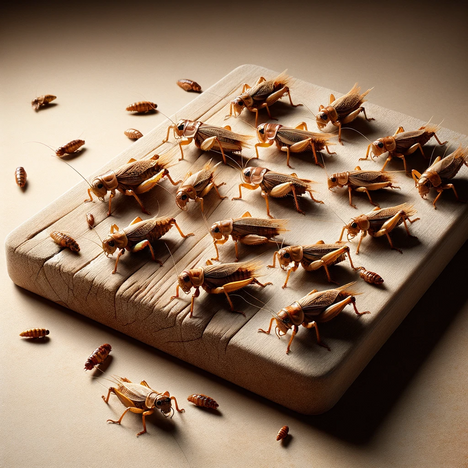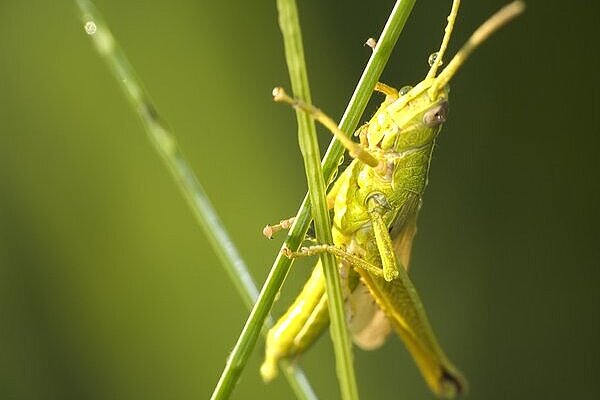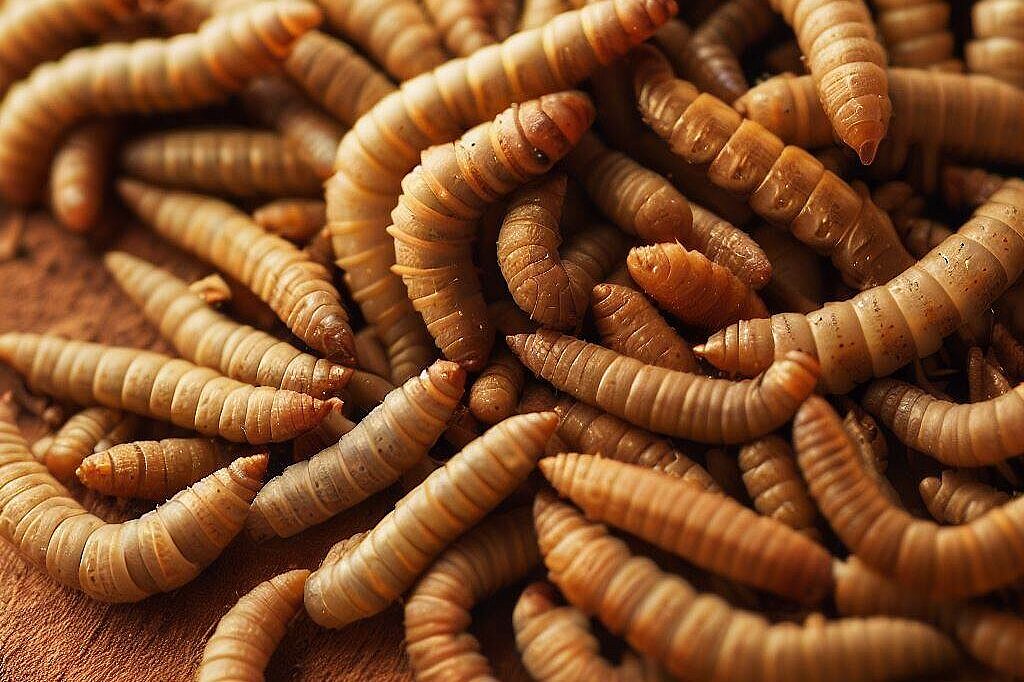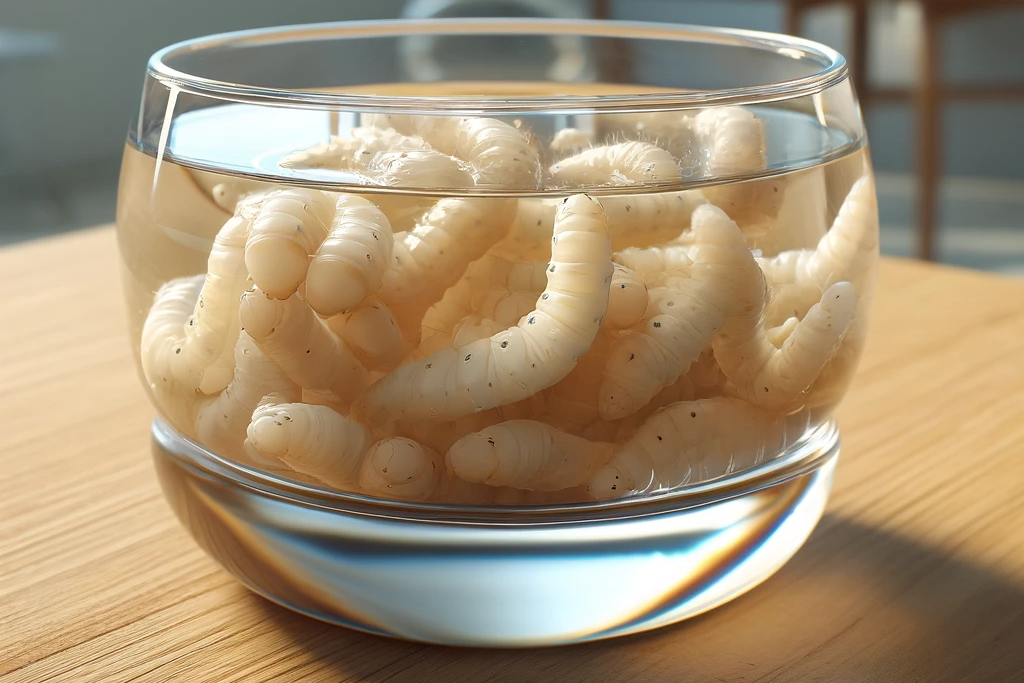Cricket

What are crickets?
Crickets (Acheta domesticus) are small insects that are bred in many parts of the world as food for pets such as reptiles, fish and birds. They are known for their characteristic song, which the males produce by rubbing their wings. More recently, crickets have also been studied as a sustainable source of protein for human consumption, which raises the question of whether they could also be suitable for dogs.
Benefits of crickets for dogs
High protein content
Crickets are an excellent source of protein, containing all the essential amino acids dogs need for healthy growth and muscle maintenance. Proteins are the building blocks of the body and are essential for many bodily functions.
Sustainability
Cricket farming is much more sustainable than traditional livestock farming. They require less land, water and feed and also produce fewer greenhouse gases. This makes them an environmentally friendly alternative to traditional protein sources.
Rich in nutrients
In addition to protein, crickets also contain other important nutrients such as fats, vitamins and minerals, including B vitamins, iron and zinc, which can contribute to the overall health and well-being of dogs.
Possible disadvantages and considerations
Acceptability
Not all dogs like the taste or texture of crickets. It can be a challenge to get some dogs to accept this unusual protein source.
Allergic reactions
Although rare, there is a possibility that some dogs may have an allergic reaction to cricket. Symptoms of allergy can include skin irritation, itching and digestive problems.
Quality and processing
The quality of crickets as a food supplement depends heavily on how they are farmed and processed. It is important to purchase crickets from trustworthy sources that maintain high standards of hygiene and safety.
Crickets can be an interesting and nutritious addition to a dog's diet. Their sustainability and nutritional profile make them an attractive alternative to traditional protein sources. However, it is important to consider your dog's individual needs and preferences, as well as ensuring that the crickets come from a safe and hygienic source. With the right approach, crickets could help to enrich your dog's diet in a sustainable and healthy way.
If you notice any signs of hypersensitivity or poisoning in your dog, you should see your vet immediately. We are not a substitute for a vet, but we try to be as accurate as possible. Every dog reacts differently and we recommend you get a second opinion or consult your vet if in doubt.
Stay healthy and take good care of your four-legged friend!😊
Similar to Cricket
Crickets are insects of the grasshopper order. They have six legs, two antennae and a long abdomen. They feed mainly on plants and live in various habitats around the world. Crickets have been used...
Mealworms are the larvae of mealworms. They are mainly used as food for reptiles, birds and fish, but are also increasingly used as an ingredient in dog food and snacks. Mealworms can be fed both...
Wax moth larvae are the larval stages of the wax moth, a butterfly known primarily for its preference for beeswax. These larvae feed on beeswax, pollen and honey in beehives, making them a problem...
Maggots are the larval stages of certain insect species, particularly flies. They are known for their ability to rapidly decompose organic material and play an important role in the ecosystem in...



